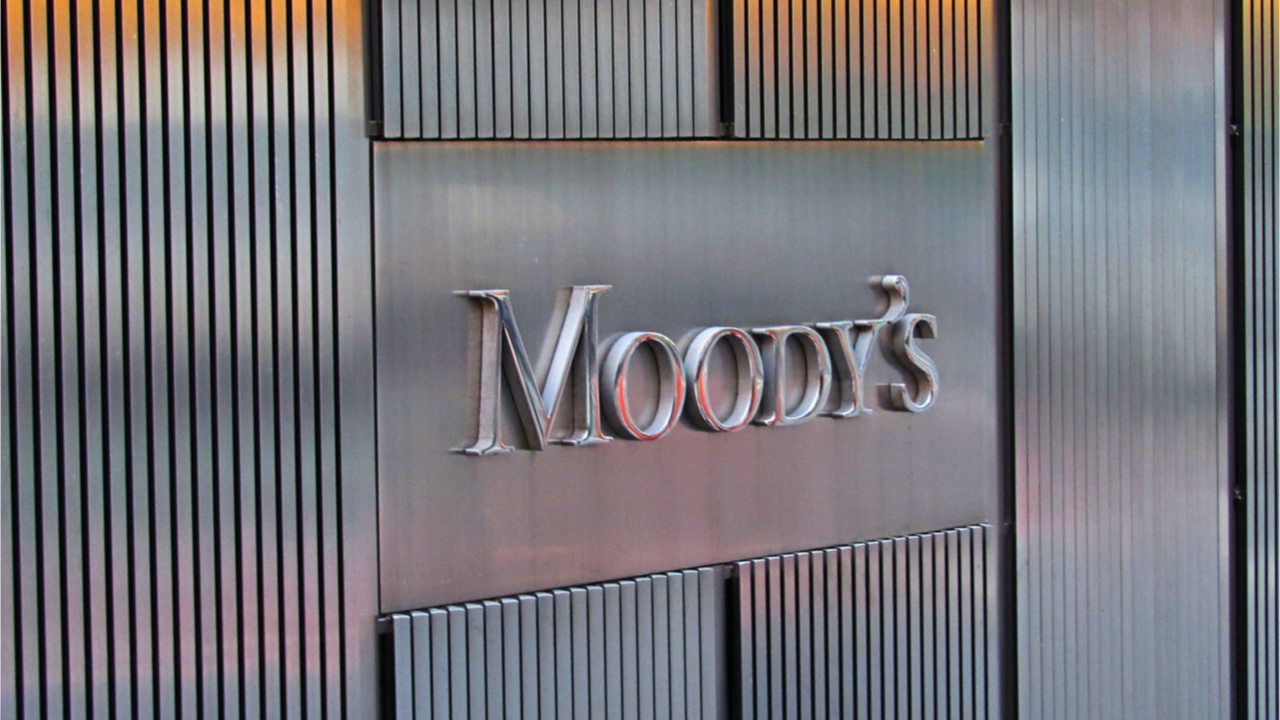Three Challenges of Institutional Crypto Adoption Left Unsolved by the Merge

HodlX Guest PostSubmit Your Post
Crypto market players, as well as analysts at Bank of America and Bernstein, expect the merge to boost institutional adoption for Ethereum (ETH) and the digital asset industry. Although their arguments are true to a certain extent especially how a greener ETH could attract ESG investments the event didn’t tackle all the industry’s challenges at once.
The post-merge crypto industry still needs to overcome multiple challenges hindering its institutional adoption. These include the lack of an adequate infrastructure connecting TradFi (traditional finance) and DeFi (decentralized finance) and regulatory and security concerns, as well as risks of centralization.
The lack of a TradFi-DeFi bridge
No matter how green or scalable a blockchain network becomes, institutional adoption will only increase significantly once TradFi solutions can seamlessly integrate with DeFi protocols. We have yet to see a DeFi solution that supports SWIFT, FIX or other messaging protocols TradFi platforms commonly utilize for value exchanges, trading systems and operational processes.
Of course, DeFi players may decide to roll out support for established messaging protocols. TradFi companies could also build new front and back office platforms from scratch.
However, while the prior may go against the very idea of decentralization, the latter is a resource-heavy solution. And we cannot expect TradFi players to replace their proven and time-tested procedures and mechanisms with crypto-native solutions just to connect these two ecosystems.
For these reasons, the most effective solution to bridge the gap between TradFi and DeFi is through partnerships between the two industries’ participants. In addition to revealing competitive advantages to capitalize on, collaborative initiatives will establish the infrastructure that seamlessly bridges the DeFi and TradFi ecosystems.
Security concerns
While distributed ledger technology and cryptography provide enhanced security for blockchain networks, cybercrime targeting crypto users remains a great problem.
According to a Chainalysis report, crypto winter decreased digital asset-related illicit volume by 15% but still claimed an impressive $1.9 billion in hacks in July 2022 alone a 60% rise since 2021.
While the technology is promising, security concerns and the lack of decent regulatory frameworks make crypto a high-risk market for newcomers. And this prevents many institutional investors from adopting digital assets.
Fortunately, we can observe positive developments in this field. In particular, Dubai’s digital asset regulation earlier this year attracted many established industry businesses with the potential for the emirate to become a regional crypto hub.
There are also ongoing efforts in the US. For one, the bipartisan Lummis-Gillibrand crypto bill aims to clarify the classification of digital assets.
The proposed legislation could foster TradFi digital asset activity by enabling depository institutions to issue stablecoins. It will potentially eliminate a caveat of an existing law that presented challenges for digital asset custodians and facilitate the creation of financial regulatory sandboxes.
The Stabenow-Boozman bill also seeks to regulate the crypto industry through CFTC oversight, increased transparency and investor safeguards.
While we have to wait several months until senators cast their votes, the proposal of multiple US crypto legislation is a step in the right direction.
The caveats of decentralized governance
Ethereum’s transition to proof-of-stake (PoS) will indeed make the blockchain network greener while decreasing the energy needed to maintain the project’s ecosystem by 99.5%.
Alas, there is a chance that a level of decentralization has to be sacrificed for the green narrative and future scalability improvements.
While the proof-of-work (PoW) algorithm enabled anyone with a mid-to-high-end GPU to become a validator, the shift to the staking-based PoS mechanism could provide increased authority over the network to those with the highest ETH balances. It could lead to a small group of wealthy validators or ecosystem participants deciding on the fate of blockchain protocols.
In a worst case scenario, a centralization of power within the Ethereum ecosystem or a DAO (decentralized autonomous organization) could create multiple vulnerabilities waiting to be exploited by malicious parties.
For DAOs, this issue can be minimized by replacing the current token-based voting model with a governance model that enables anyone to vote ut it will weigh their voting power based on their contributions to the ecosystem.
In Ethereum’s case,fairness among validators could be ensured by altering the validator selection process to limit the authority of wealthy participants.
Solution first doption later
The merge presents crypto participants with a solution to tackle the challenges of increased energy consumption and limited scalability. But it fails to address long-standing barriers to institutional adoption.
While TradFi players struggle to integrate with DeFi services, security and power concerns, as well as a lack of regulations, can easily discourage institutional investors from joining the industry.
As long as these challenges are not addressed, it is too early to talk about institutional crypto adoption.
Dmitry Ivanov is the chief marketing officer at CoinsPaid, an ecosystem of cryptocurrency products that sets the goal of satisfying the worlds everyday needs by leveraging blockchain technology and crypto payments.
Follow Us on Twitter Facebook Telegram
Check out the Latest Industry Announcements
Disclaimer: Opinions expressed at The Daily Hodl are not investment advice. Investors should do their due diligence before making any high-risk investments in Bitcoin, cryptocurrency or digital assets. Please be advised that your transfers and trades are at your own risk, and any loses you may incur are your responsibility. The Daily Hodl does not recommend the buying or selling of any cryptocurrencies or digital assets, nor is The Daily Hodl an investment advisor. Please note that The Daily Hodl participates in affiliate marketing.
Featured Image: Shutterstock/camilkuo/Tomasz Makowski







 Bitcoin
Bitcoin  Ethereum
Ethereum  Tether
Tether  Solana
Solana  USDC
USDC  Lido Staked Ether
Lido Staked Ether  XRP
XRP  Dogecoin
Dogecoin  Toncoin
Toncoin